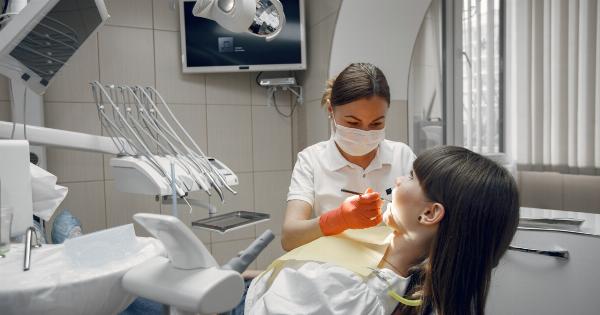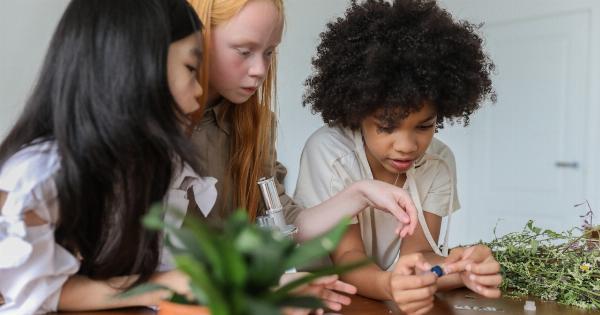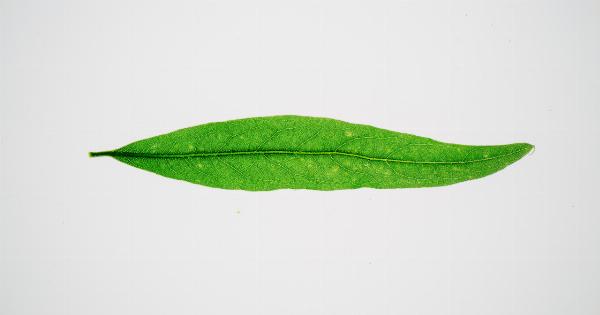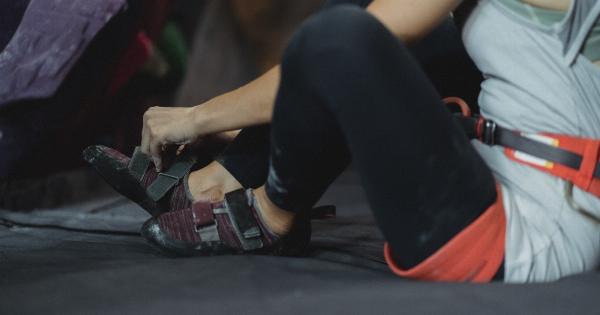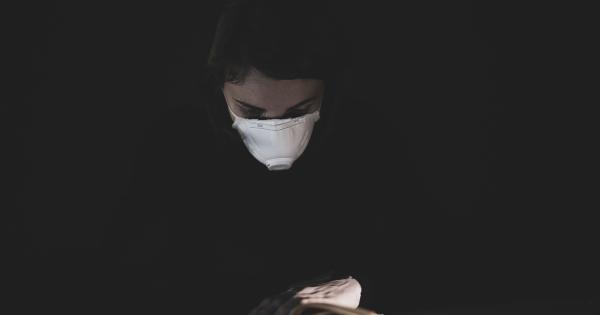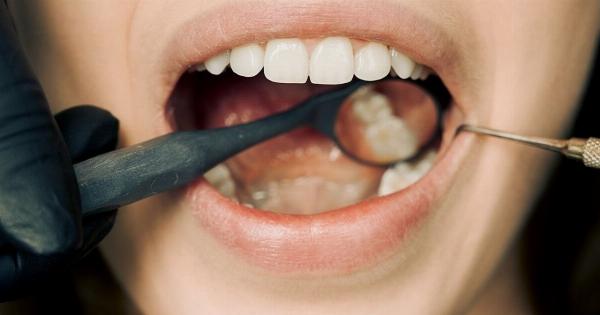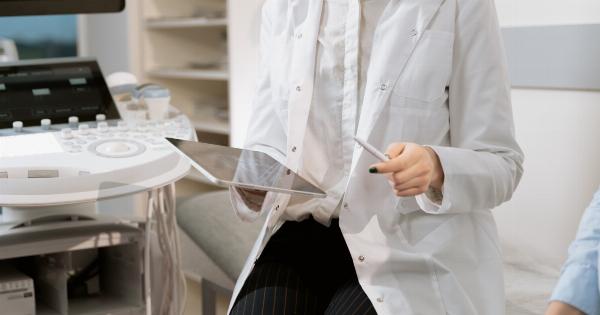Cooking is a delightful activity that allows individuals to explore their culinary skills, experiment with flavors, and create delicious meals. However, even the most experienced chefs can encounter mishaps in the kitchen.
One such mishap is burned food, which not only ruins the taste of the dish but also poses potential health risks. In this article, we will delve into the various reasons why cooking can go wrong and the risks associated with burned food.
1. Distractions in the Kitchen
One common cause of burned food is distractions in the kitchen. It is easy to get caught up in conversations, phone calls, or multitasking while cooking, which can lead to neglecting the dish on the stove or in the oven.
This distraction can result in overcooking or burning the food, ruining both its flavor and texture.
2. Cooking at High Temperatures
Cooking at high temperatures can be advantageous in certain cases, such as achieving a perfect sear on a steak. However, if not monitored closely, this high heat can quickly turn into a disaster.
Overcooking and burning food is more likely to happen when cooking at extremely high temperatures.
3. Improper Heat Distribution
Uneven heat distribution is another factor that can contribute to burned food. Uneven heat can cause certain portions of the dish to cook faster while others remain uncooked.
This discrepancy can result in burnt edges or undercooked centers, ultimately leading to an unsatisfying meal.
4. Lack of Timing and Precision
Cooking often requires precise timing, especially when it comes to delicate dishes. Failing to keep track of cooking times or neglecting to use timers can lead to overcooking and burning.
Additionally, in recipes where multiple components need to come together at the right time, a lack of precision can easily result in burnt elements.
5. Neglecting Proper Monitoring
Proper monitoring is crucial during cooking to ensure that the food is not burning. This includes regularly checking on the dish, adjusting heat levels, and flipping or stirring when necessary.
Neglecting to monitor can lead to food being left unattended for too long, resulting in burnt food.
6. Use of Incorrect Cookware
The type of cookware used can significantly impact cooking outcomes. Using incorrect cookware, such as pans with a thin bottom or pots with poor heat conduction, can cause food to burn easily.
Investing in high-quality cookware with good heat distribution properties can help prevent burning disasters.
7. Negligence in Following Recipes
Recipes provide us with a set of instructions to follow and ensure the desired outcome. Negligence in accurately following recipes, such as misjudging cooking times or neglecting specific steps, can lead to disastrous results, including burned food.
8. The Dangers of Consuming Burned Food
While burned food may seem harmless, it can pose certain risks to our health. Consuming burned food regularly can expose us to the harmful effects of acrylamide, a chemical compound that forms when starchy foods are subjected to high heat.
Acrylamide has been linked to an increased risk of certain cancers, making it essential to avoid regularly consuming burned or charred food.
9. Preventive Measures to Avoid Burned Food
Fortunately, there are several preventive measures that can be taken to avoid burned food:.
- Stay focused and avoid distractions while cooking.
- Follow recipes closely and accurately.
- Invest in high-quality cookware with excellent heat distribution.
- Use timers or phone alarms to keep track of cooking times.
- Regularly monitor the dish, adjusting heat levels when necessary.
- Learn about appropriate cooking temperatures for different ingredients.
10. Salvaging Burned Food
Even if the food gets burned, all hope is not lost. Some burned dishes can be salvaged with a few simple techniques:.
- Removing burnt portions: In some cases, it is possible to remove burnt edges or surfaces to salvage the remaining edible parts.
- Masking the taste: Adding flavorful sauces, condiments, or toppings can help mask the burnt taste and make the dish more enjoyable.
- Repurposing: Transforming burned food into a different dish, such as turning burnt cookies into crumbs for pie crusts or using burned meat in stews, can still result in a delicious creation.
- Learning from mistakes: Analyzing what went wrong and learning from past burning incidents can help prevent future cooking disasters.
Conclusion
Burned food is an unfortunate result of cooking gone wrong. With distractions, high temperatures, improper heat distribution, and other factors, it is easy to end up with a charred and unappetizing meal.
However, by being mindful of cooking processes, following recipes accurately, and taking preventive measures, the risk of burned food can be significantly minimized. Remember, even if a dish does end up burned, there are ways to salvage or repurpose it. So, embrace the cooking journey, learn from the mistakes, and strive to create delicious meals without the risk of burning!.




